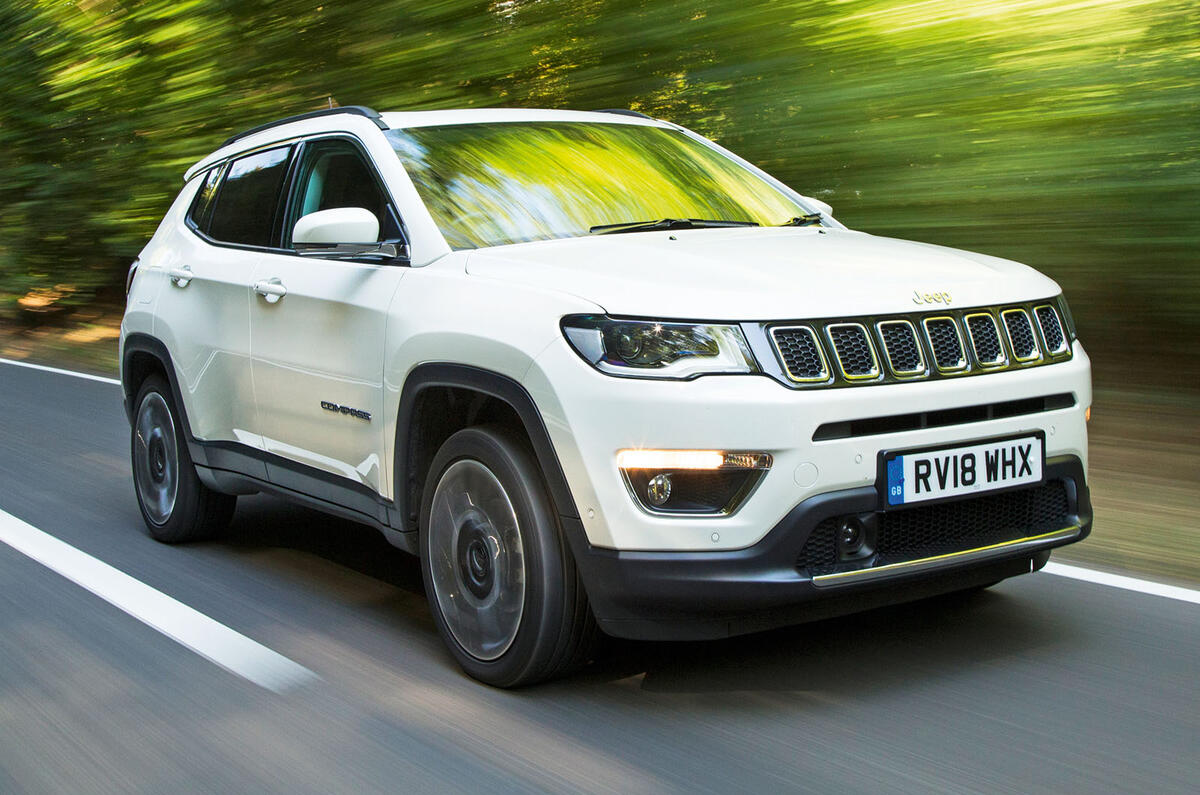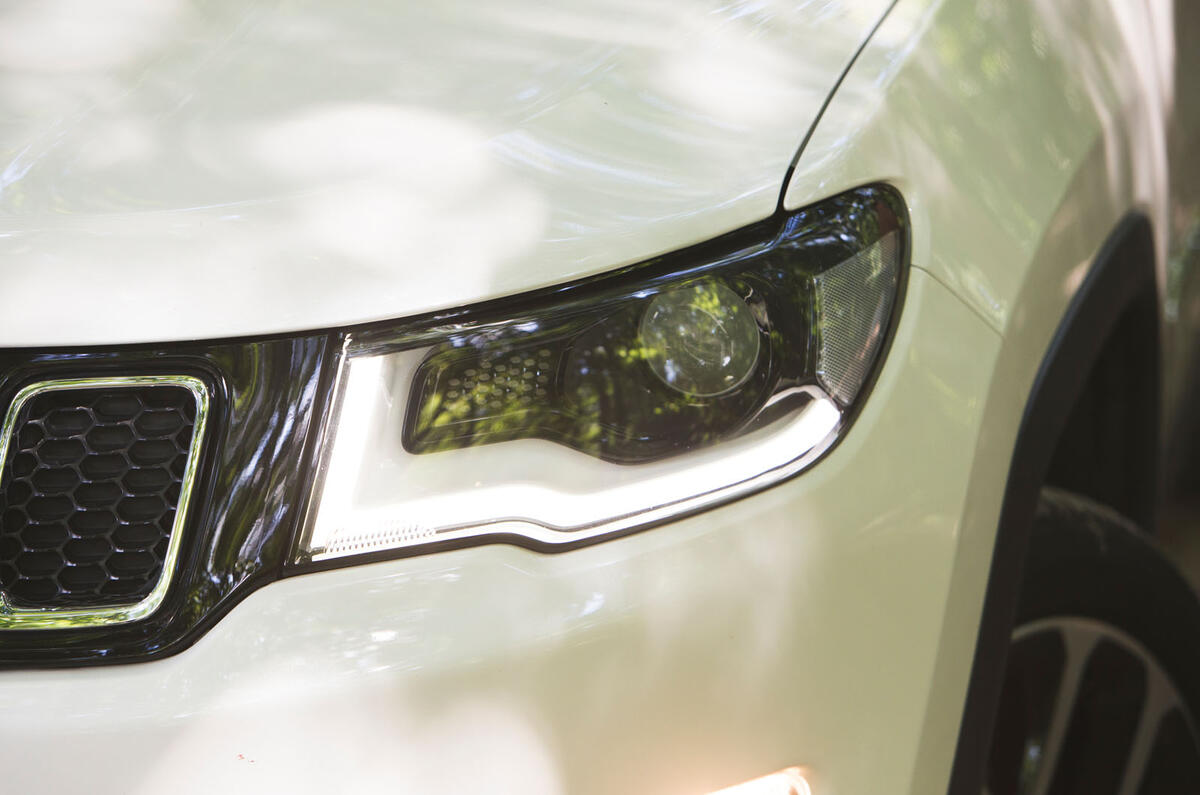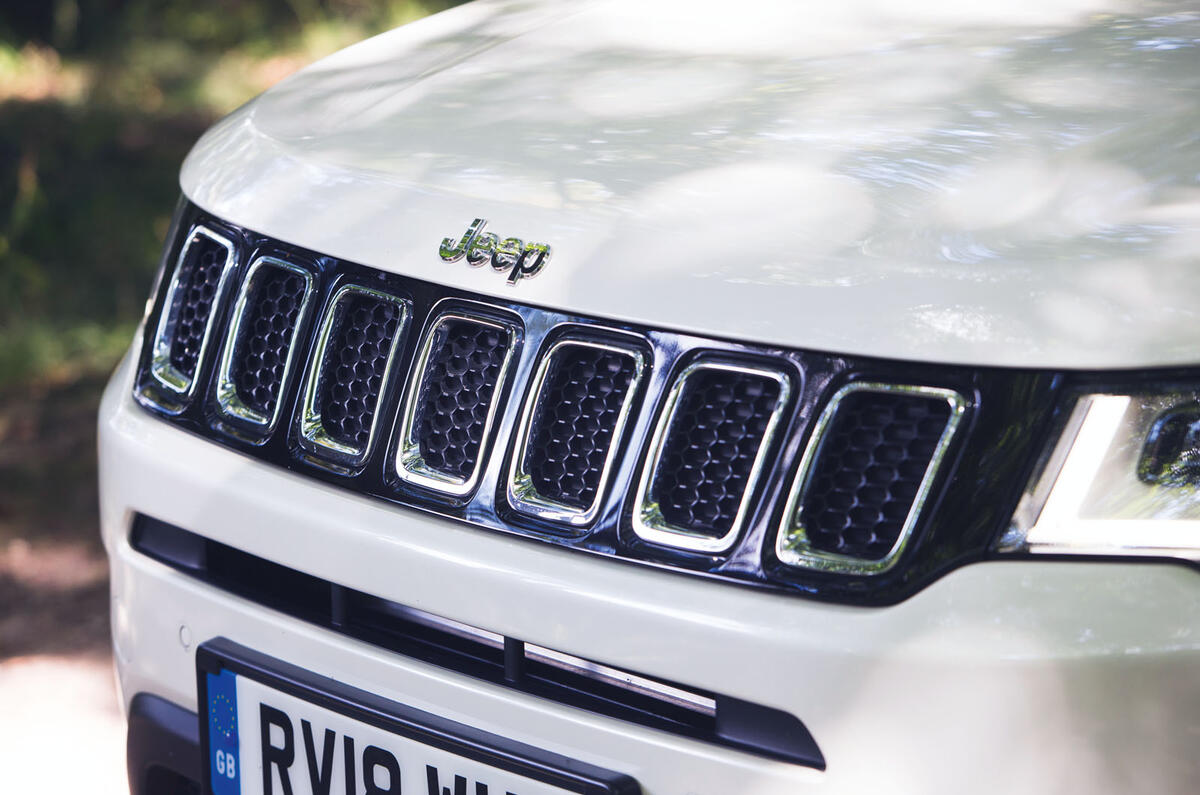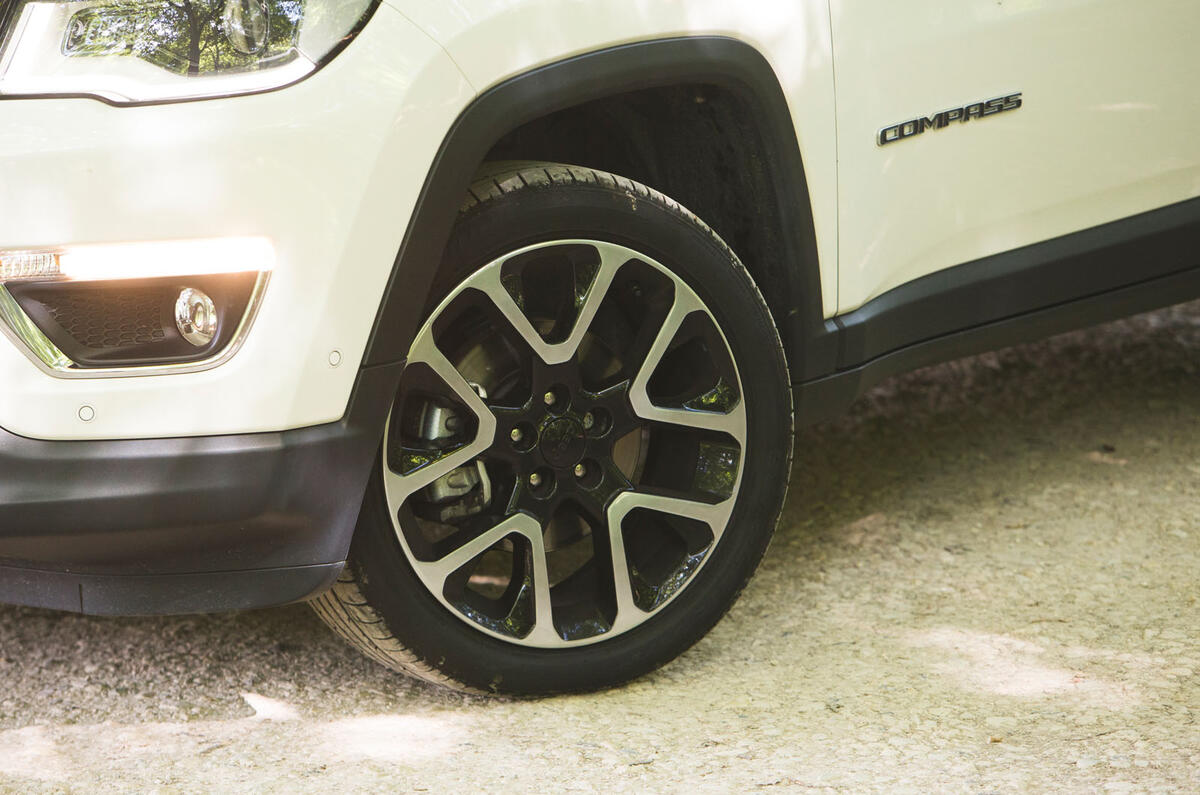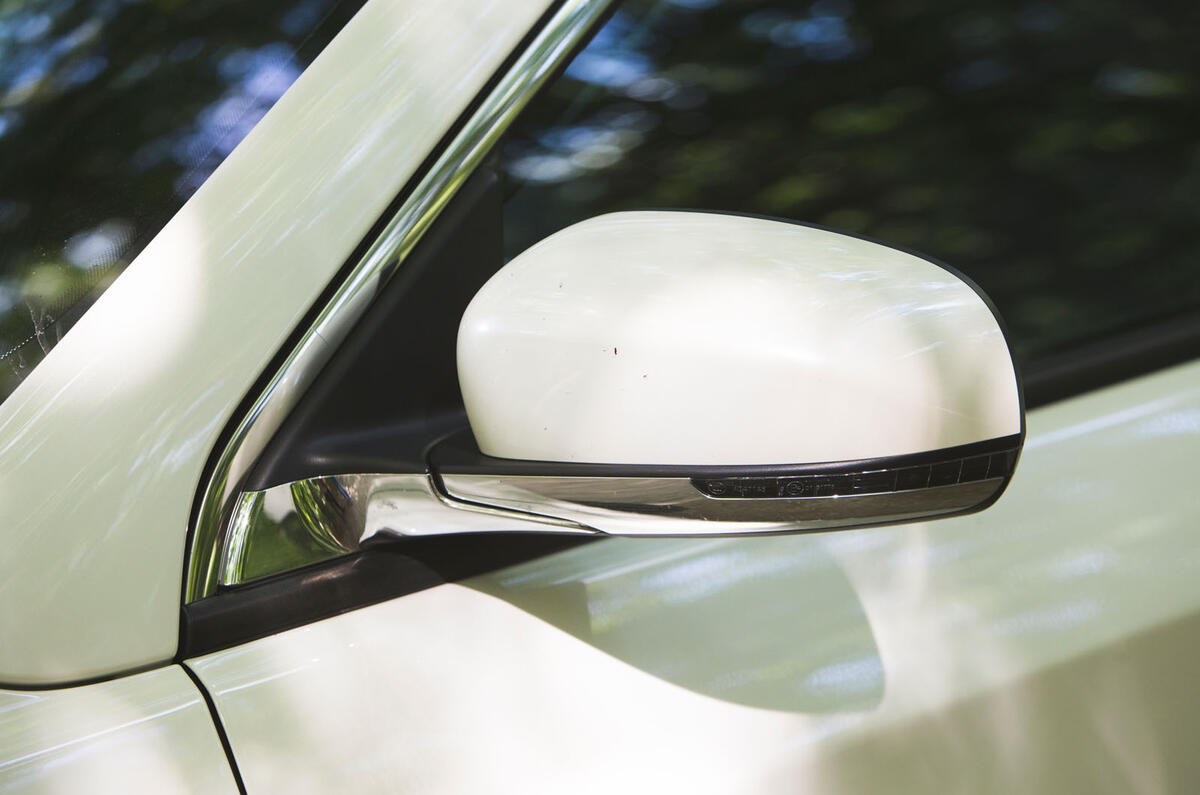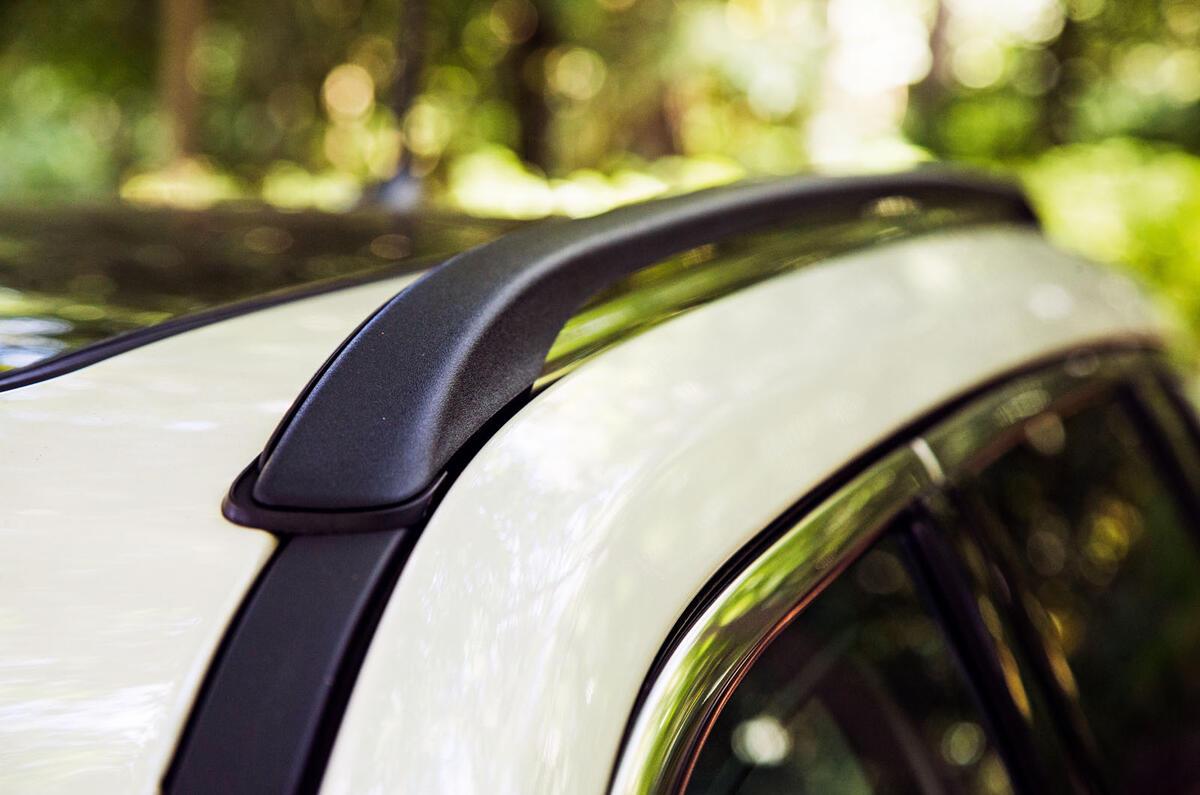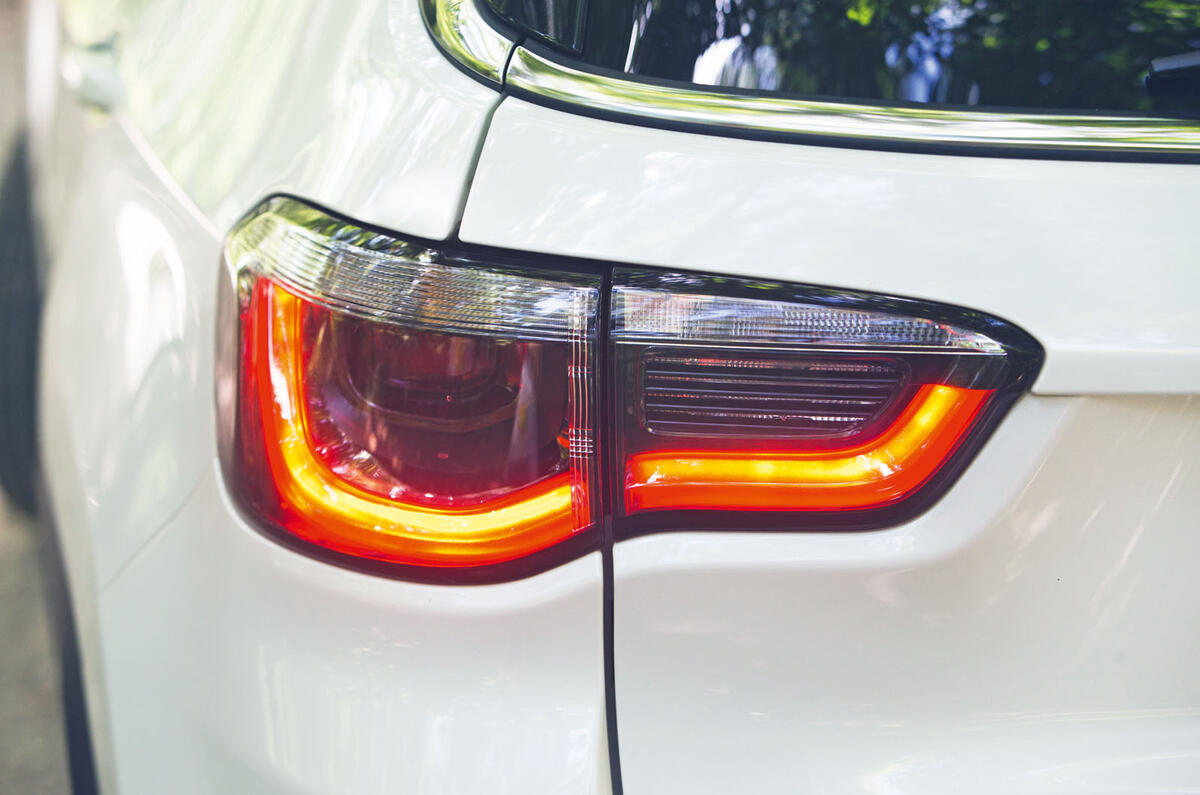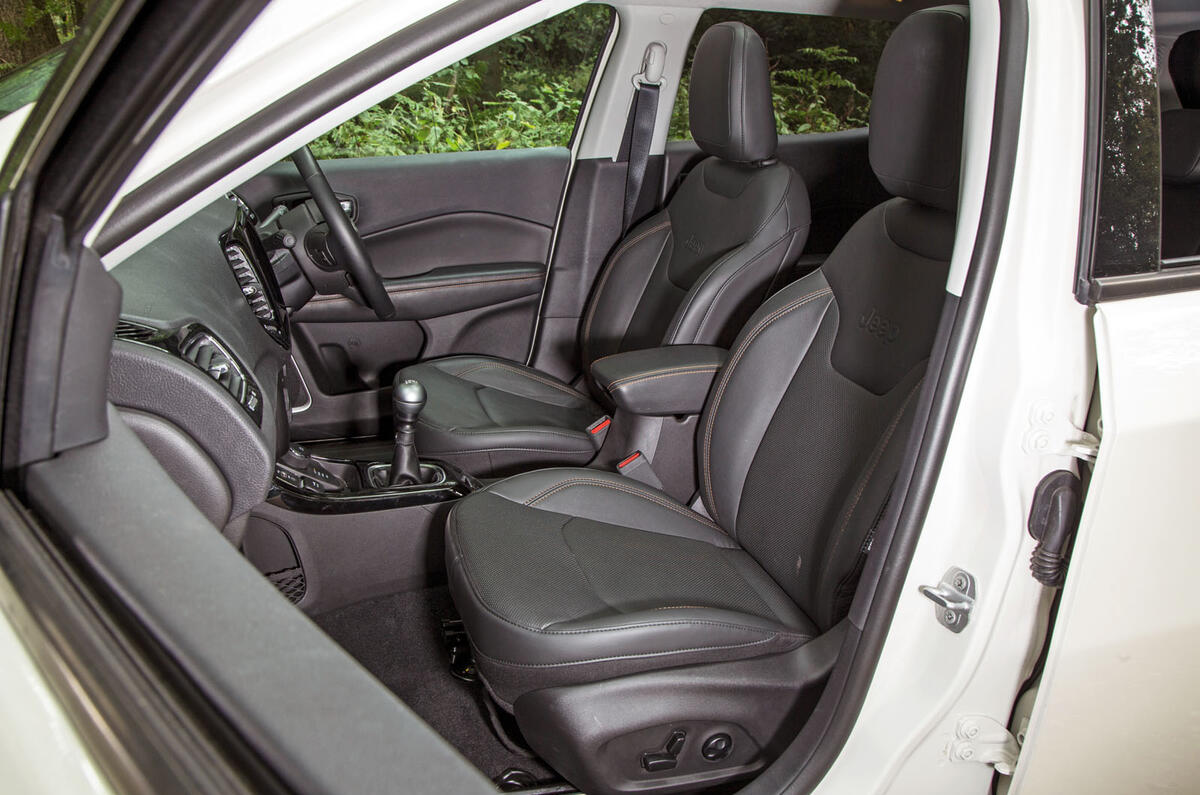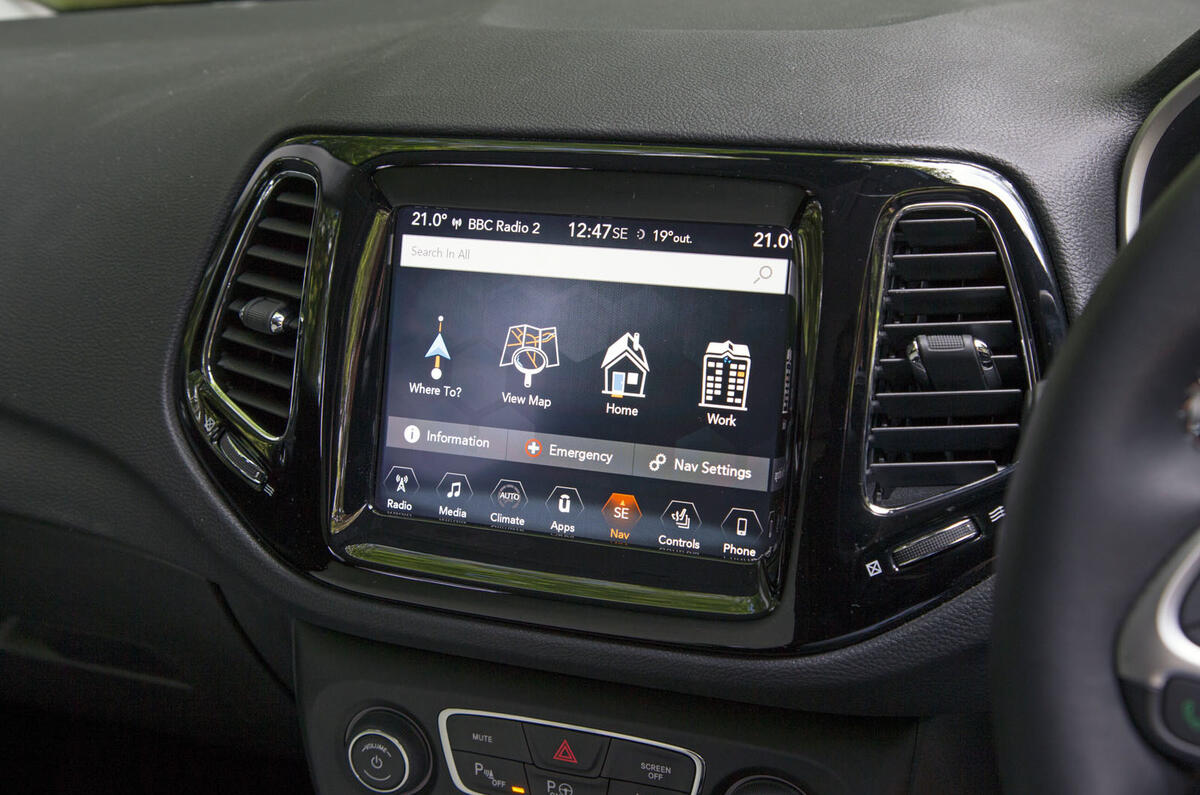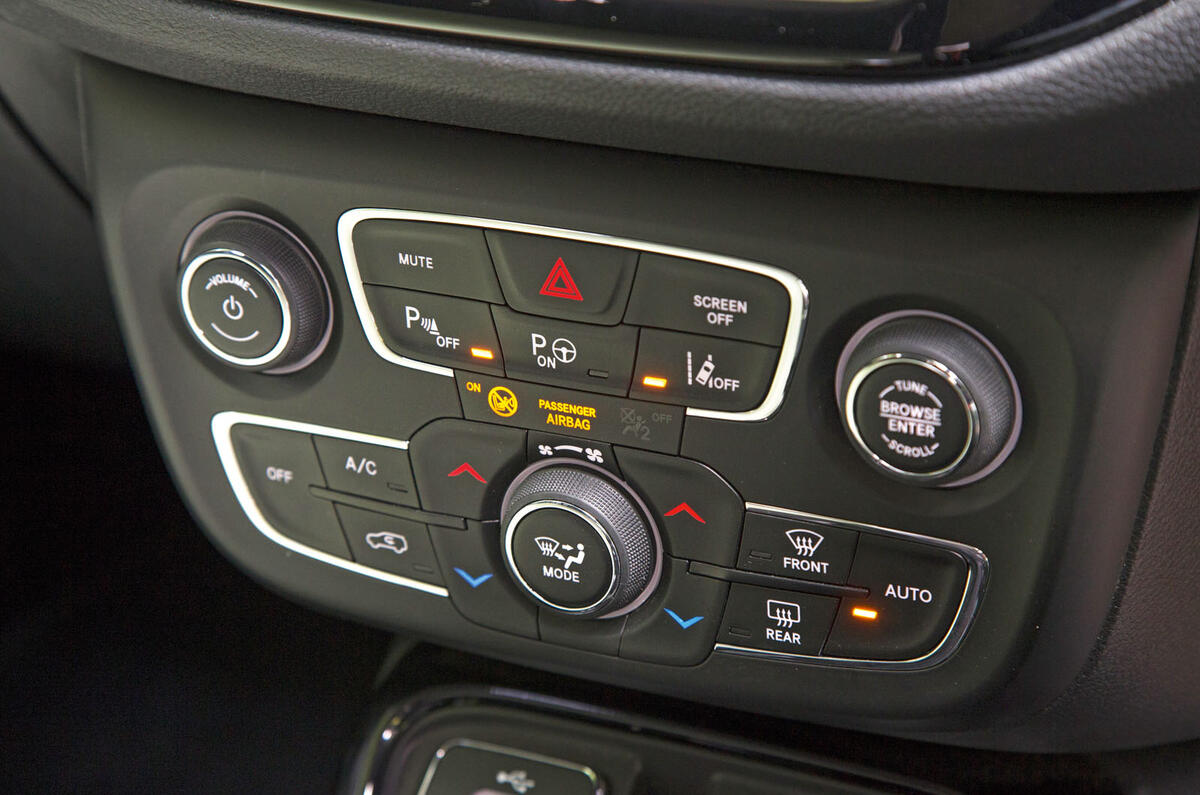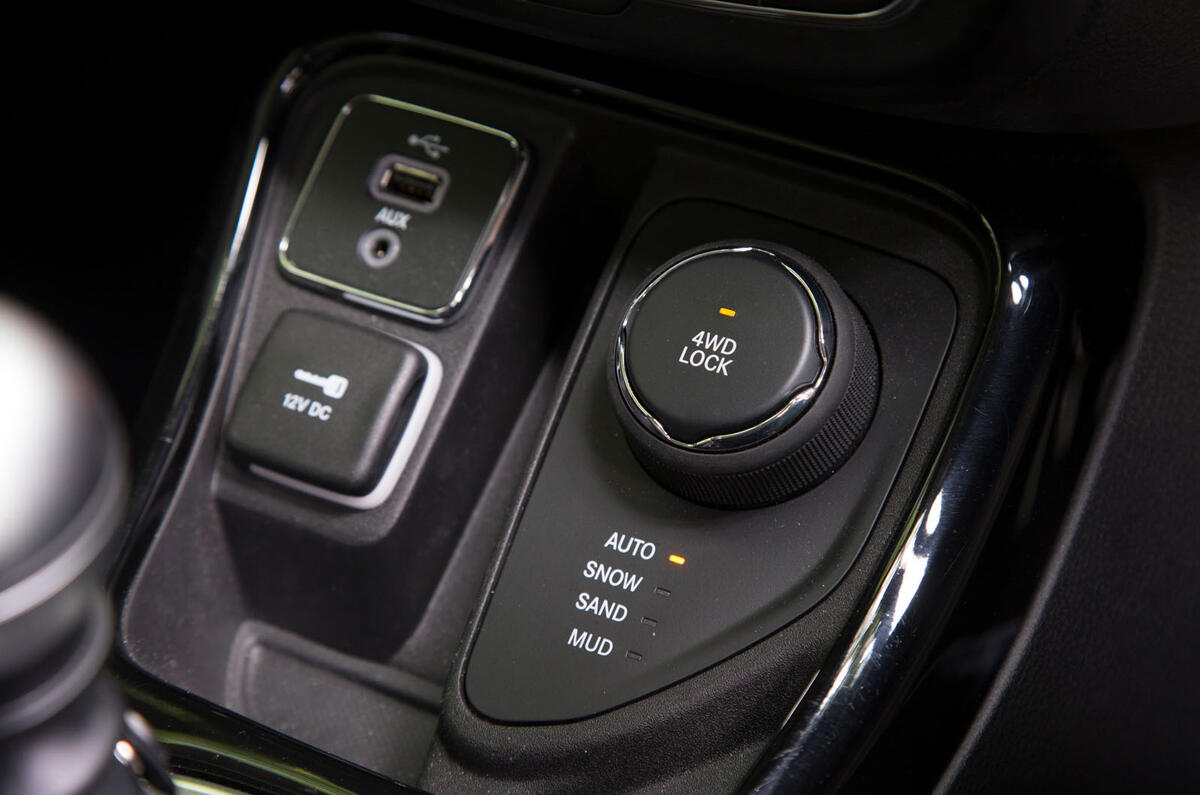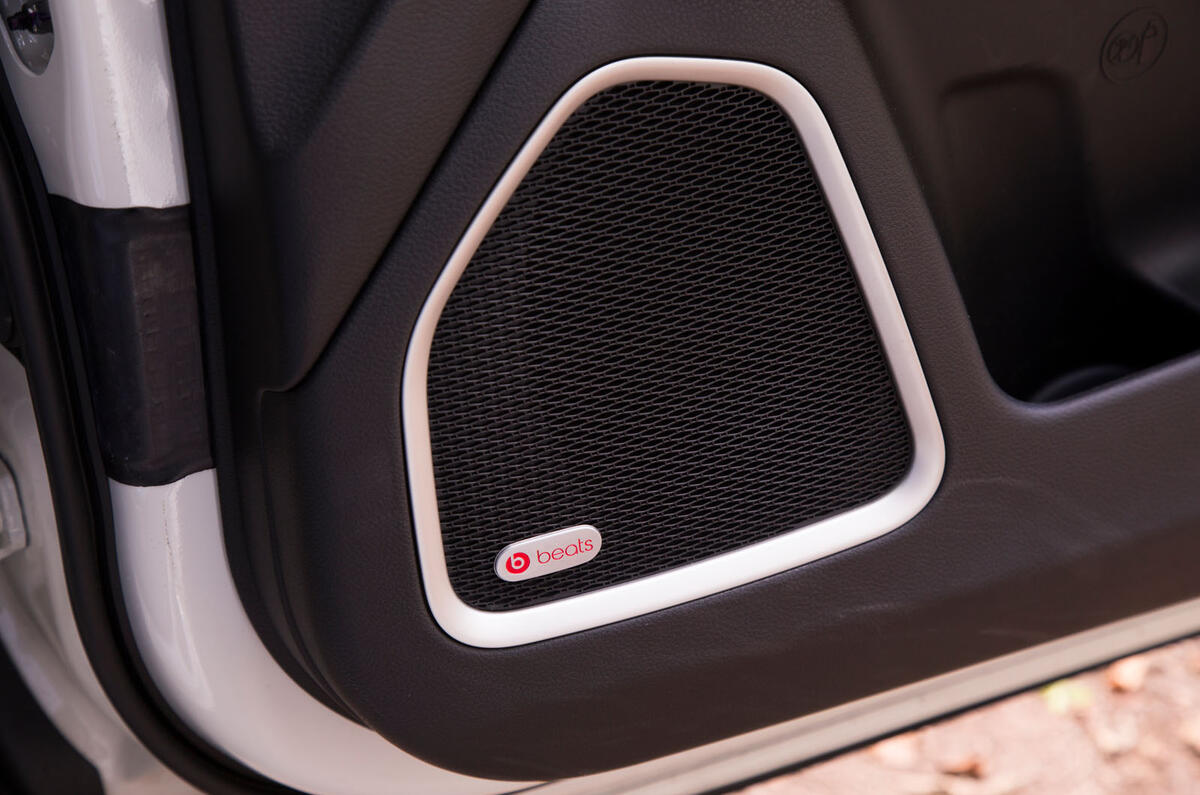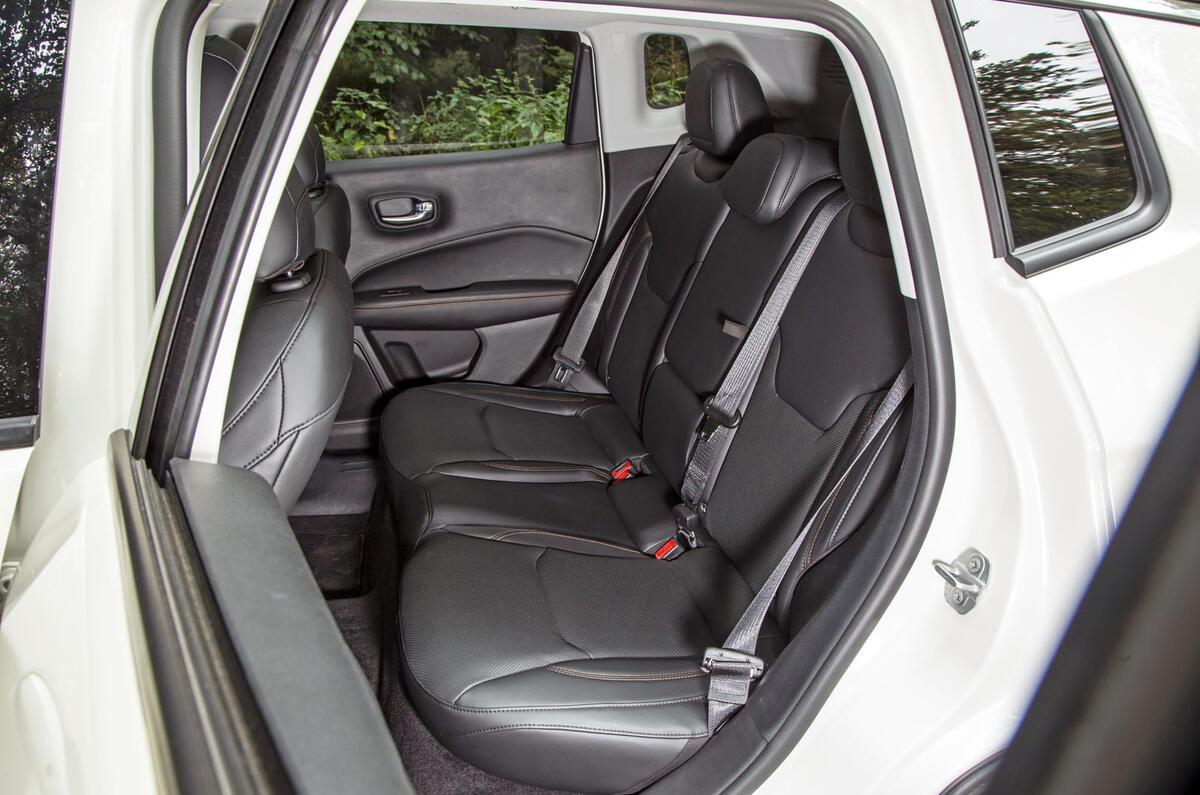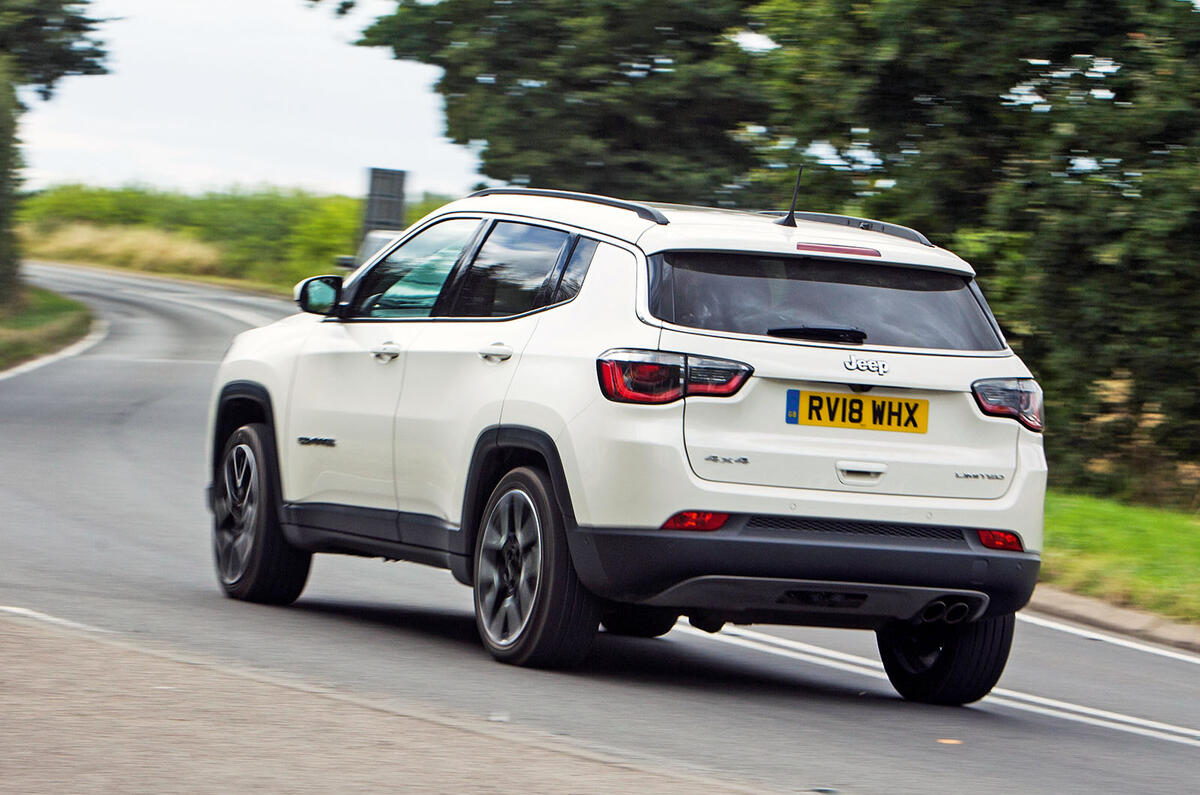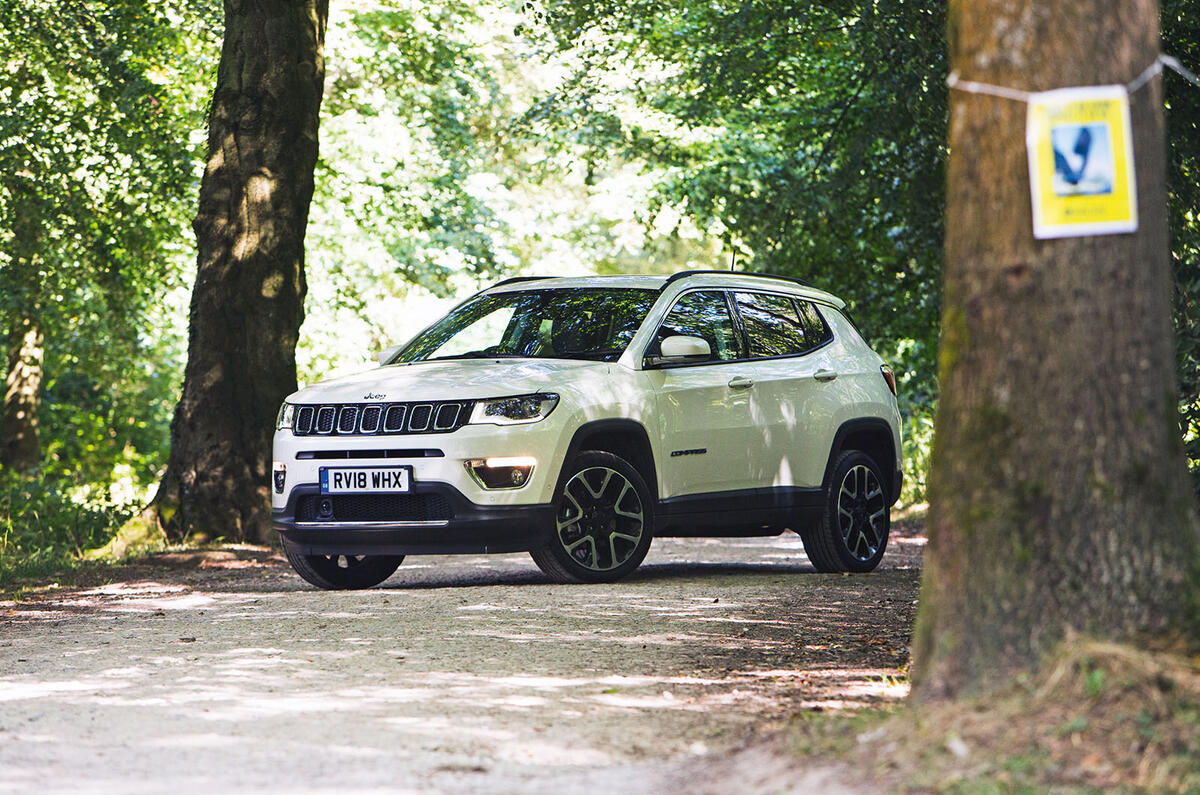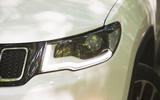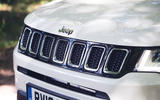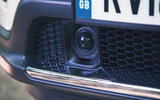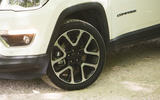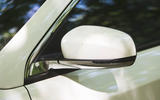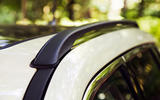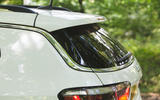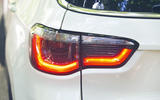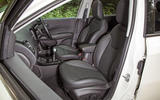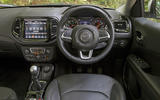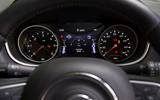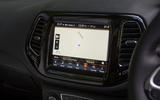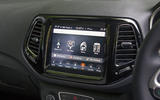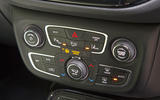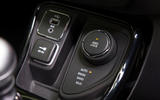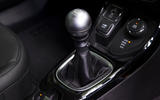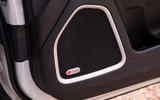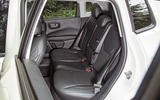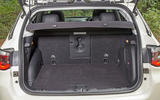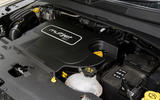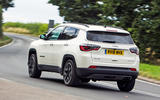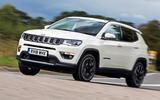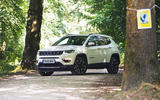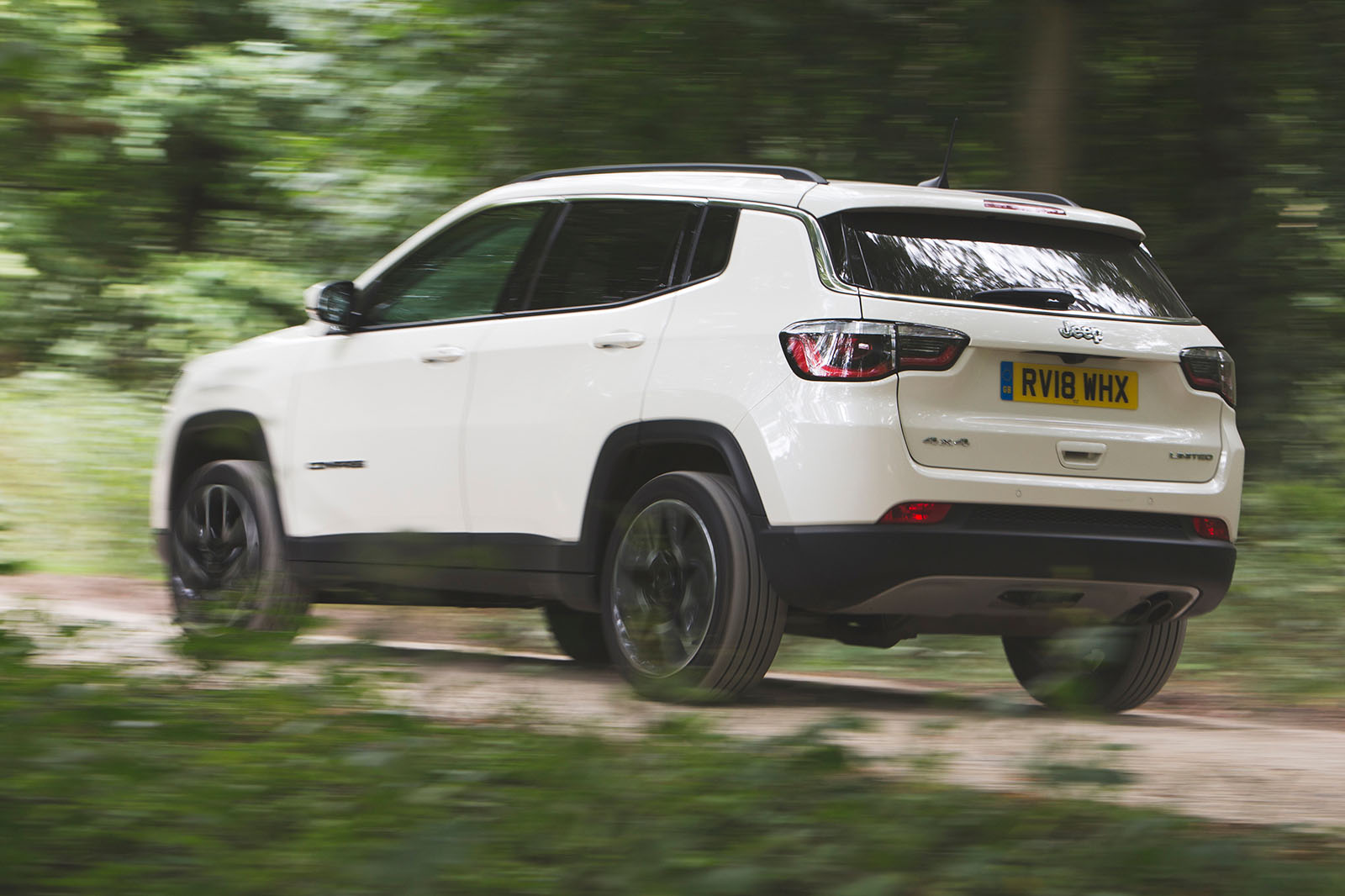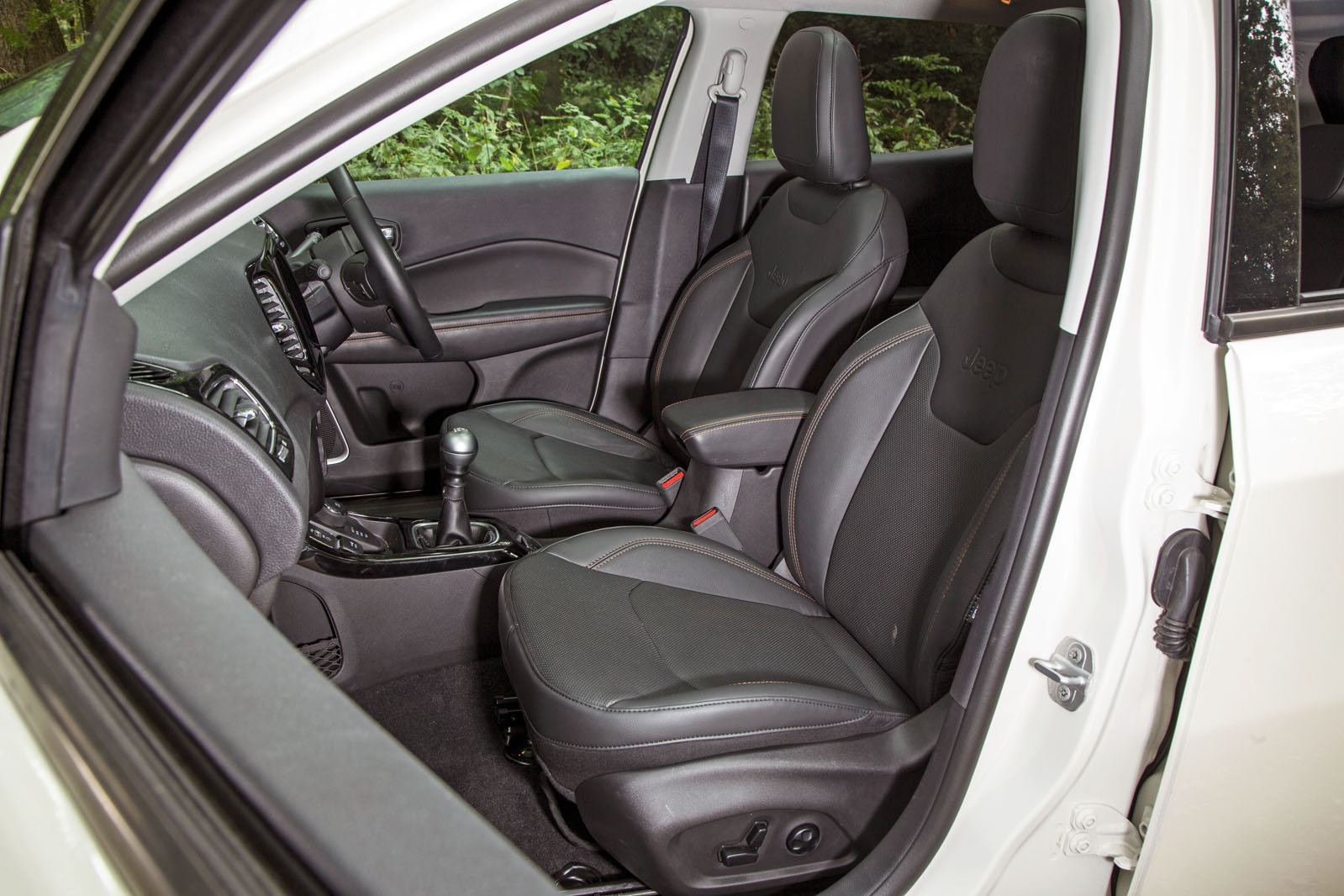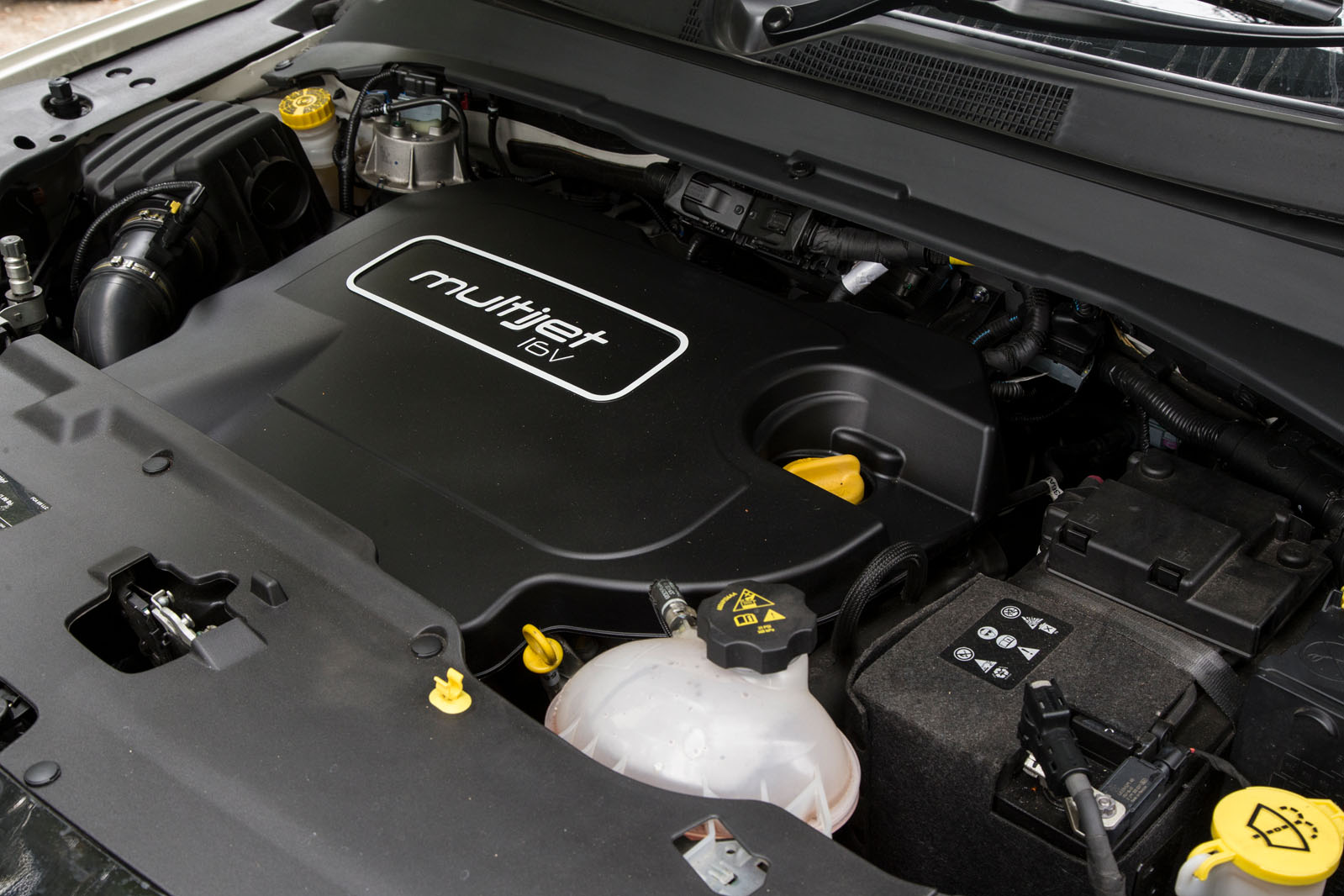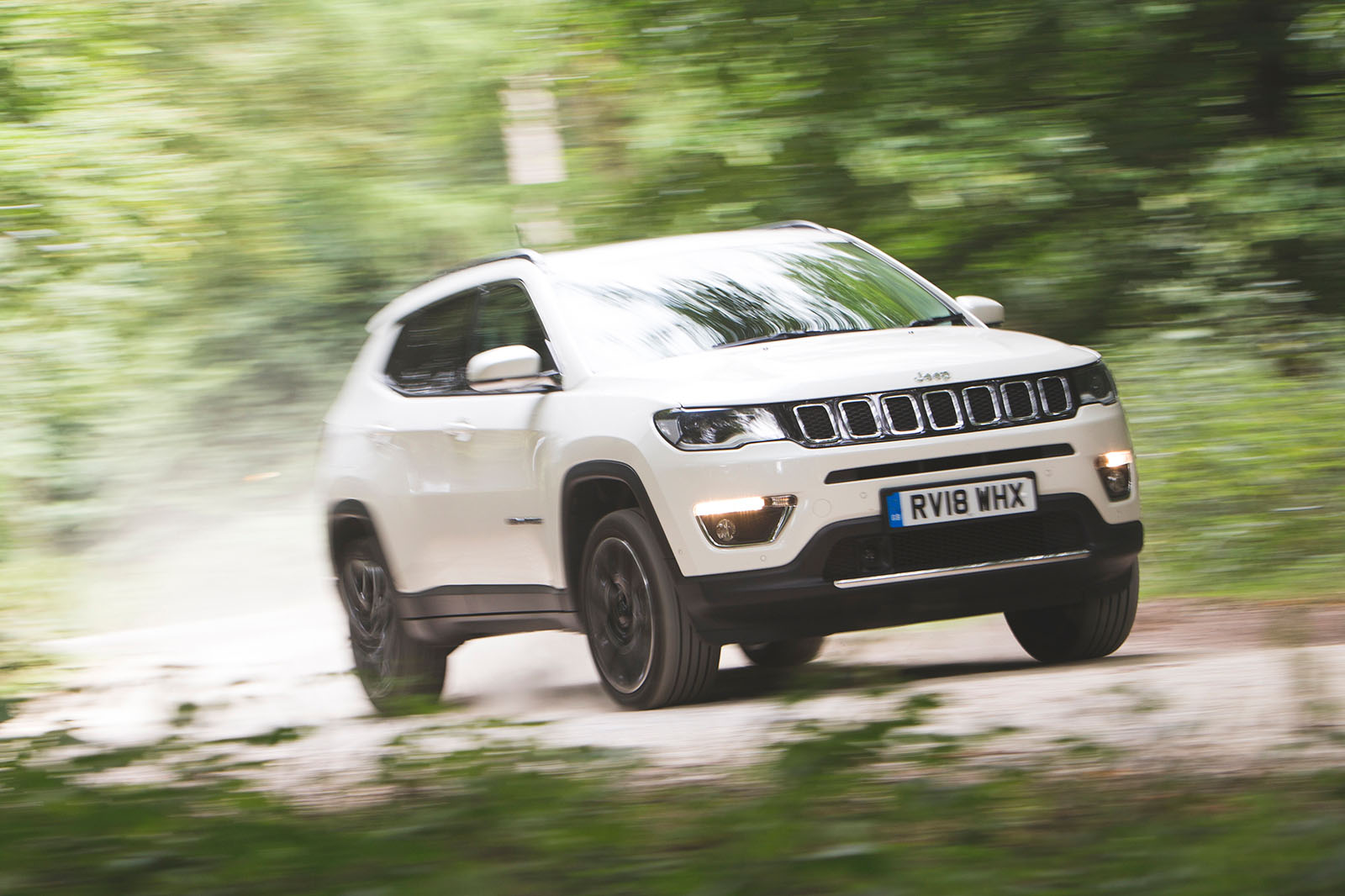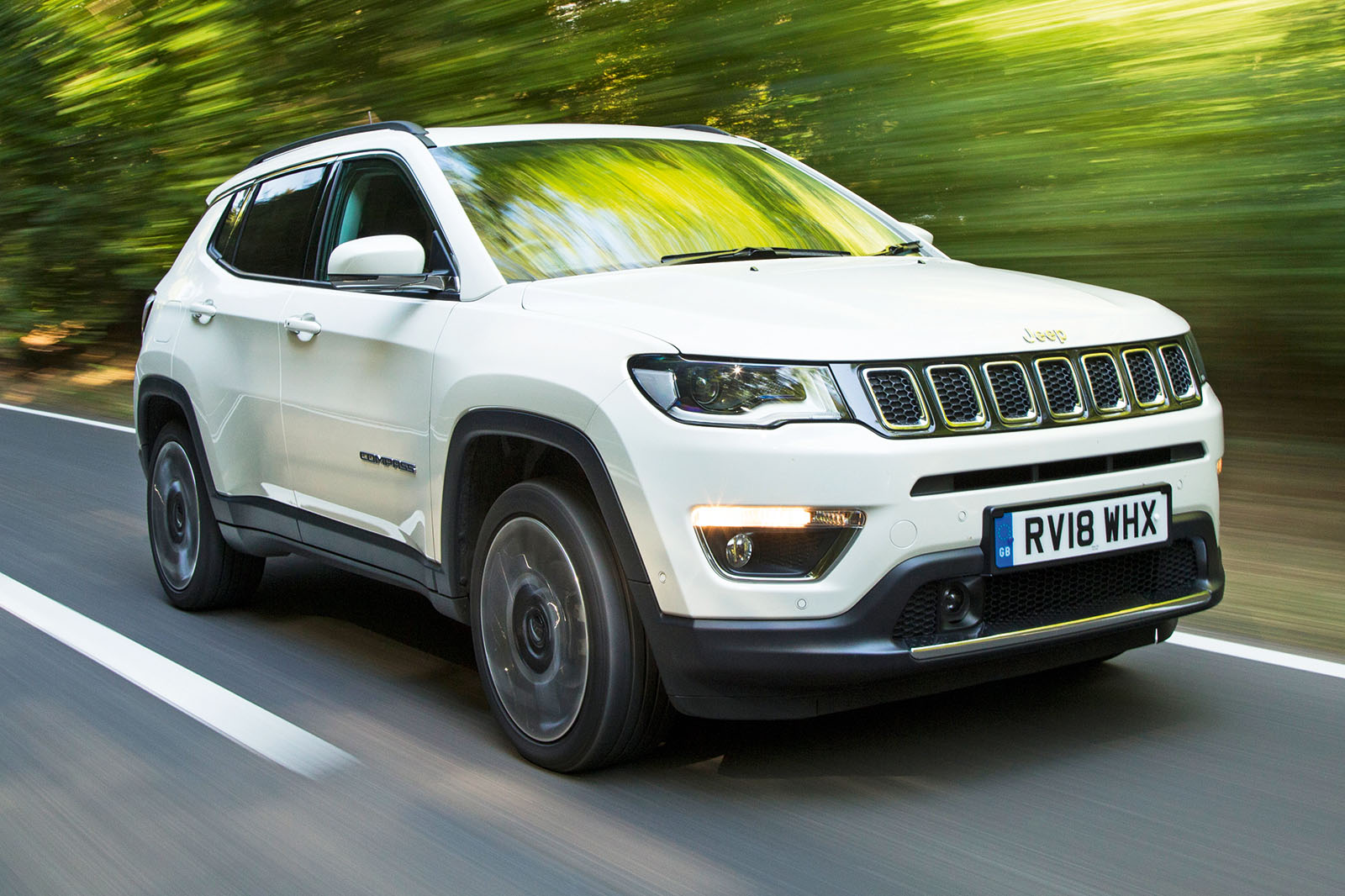The 2.0-litre MultiJet II diesel engine in the Compass has been in service throughout FCA for a decade now – and, at times, particularly when the car’s starting from cold or when hauling hard from low speed, it sounds and feels every inch the decade-old power unit.
Though it’s crotchety under load and often feels soft in its responses to the accelerator pedal, however, the diesel isn’t actually short on outright torque or real-world pulling power.
The boosty, mid-range-centric power delivery became very apparent on the day of our testing. The Compass needed plenty of revs to make a fast getaway, but then insisted on upshifts no later than 4000rpm in order to maintain the best rate of acceleration. Other more modern diesels are certainly more flexible.
But compare the Compass’s in-gear acceleration with that of its rivals (30- 70mph in fourth: 12.1sec) and you’ll find empirical evidence to support our observation that, in its sweet spot, the Jeep can certainly knuckle down; it would have plenty of low-rpm torque for assertive off-roading or towing, for instance.
The Skoda Kodiaq 2.0 TDI 150 we tested in 2016 wanted more than a second longer for the benchmark 30-70mph fourth-gear sprint. Also, for all the extra apparent coarseness of the Compass’s diesel, it was only a decibel noisier than the Skoda when cruising at both 30mph and 70mph – proof that the Jeep’s engine settles well enough from its loaded gruffness when being driven in part-throttle conditions.
The Compass’s controls are uniformly medium-of-weight, though the gearlever has a spongy tactile feel as you shift that makes you a little unsure whether the gear you’ve selected has really engaged. There’s a slightly woolly feel to the clutch pedal action too, though neither is enough to be really problematic to the driving experience, neither is welcome.
Even less welcome, however, and speaking particularly ill of Jeep’s attention to detail when it comes to the car’s level of dynamic finish, is the irksome combination of that vague-feeling clutch with an electronic handbrake that doesn’t engage automatically or disengage quickly enough and an engine starter-generator that doesn’t act quickly enough to restart the 2.0-litre diesel at the traffic lights.
Too often, then, as a result of a three-way confluence of incompetence, the car causes you to stall – until you’re either used to its quirks, or sufficiently scarred that you remember to turn off the engine stop-start function in the first place.
While smallish pedal pads seem to make for the potential to miss the brake entirely when attempting an emergency stop, we never actually missed it in several full pedal pressure stops.
Our test car, on its optional 19in rims and high-performance SUV Bridgestone tyres, hauled up strongly on dry Tarmac. Customers should expect some compromise to that, of course, from Trailhawk models (on 17in wheels, hybrid off-road tyres).


